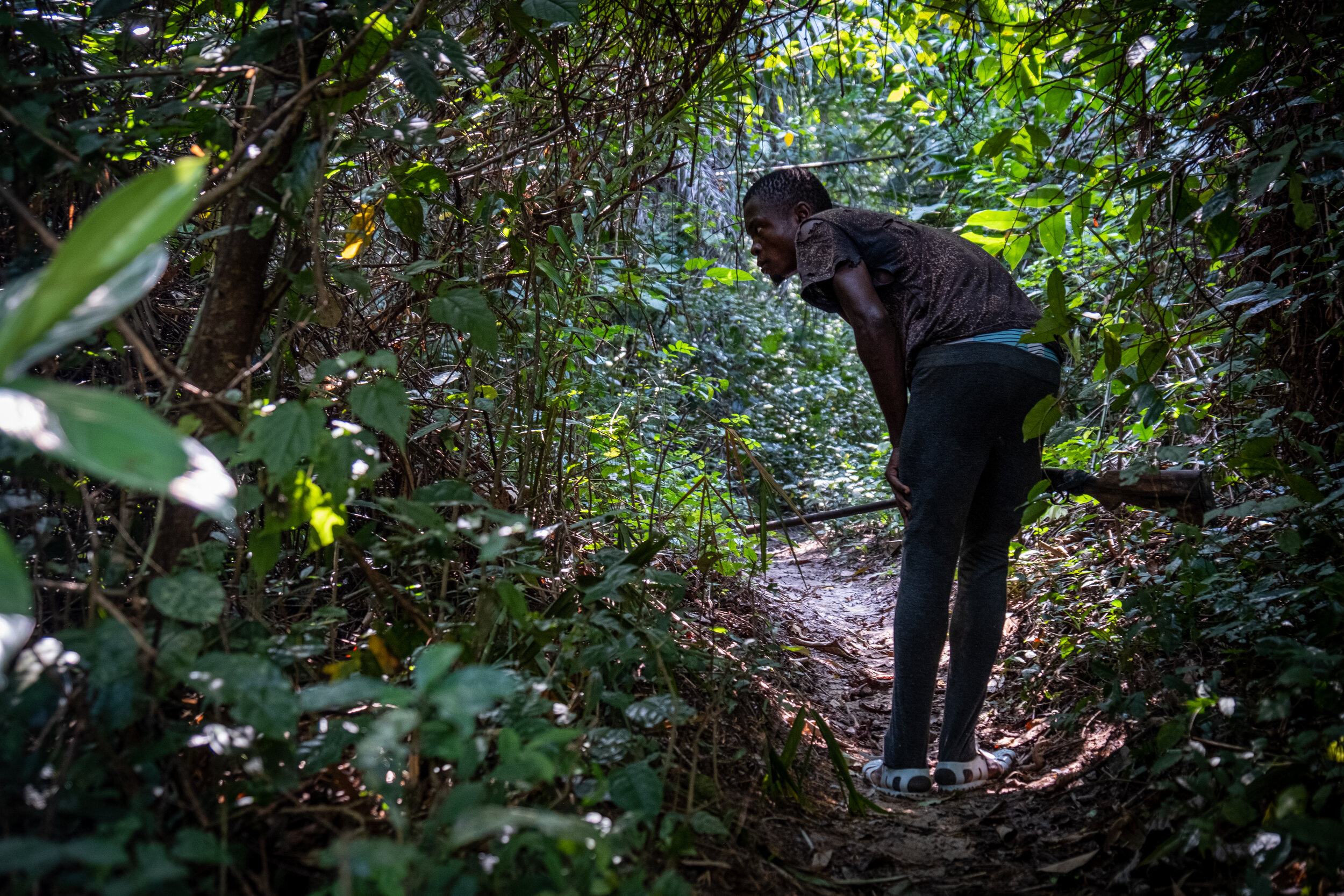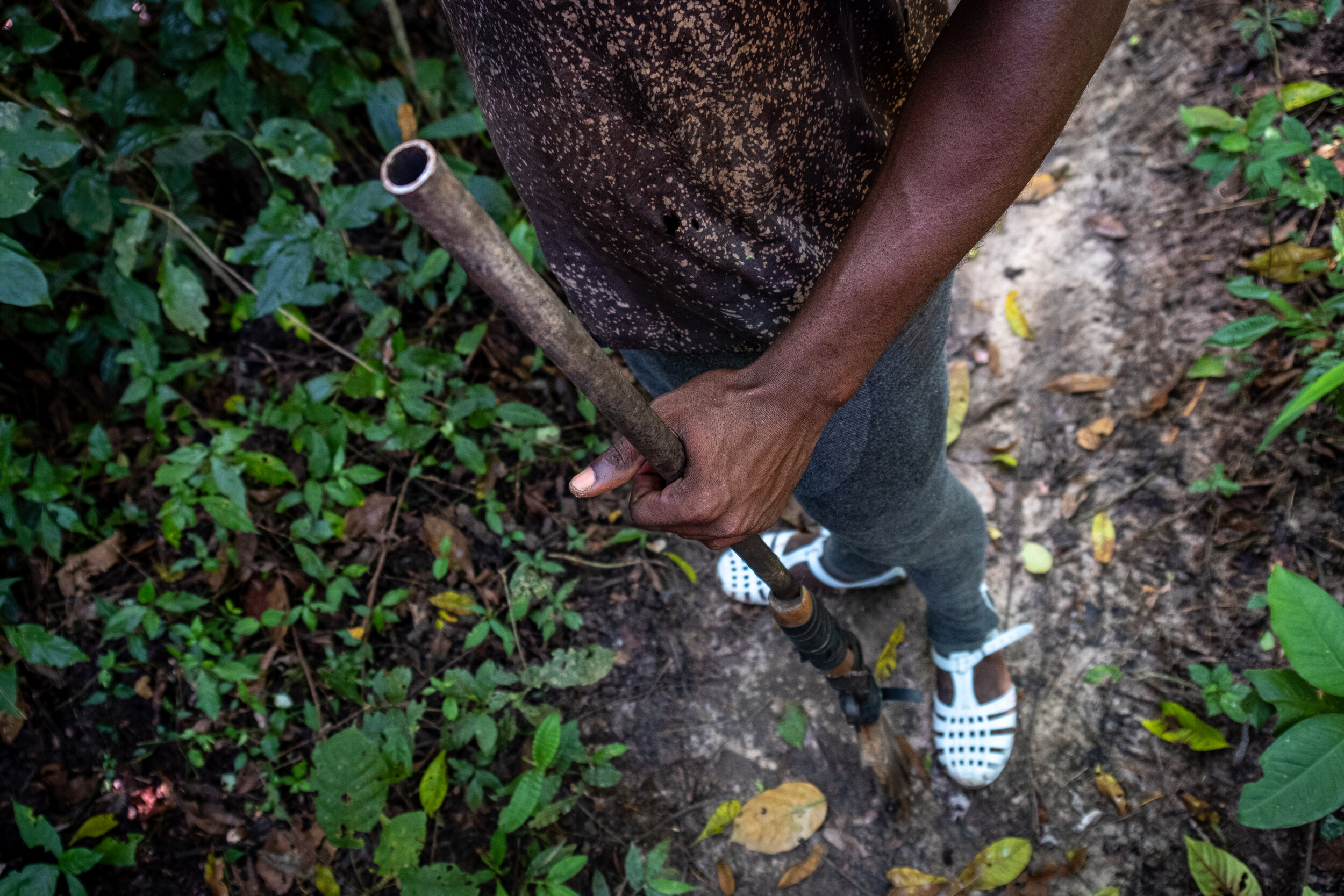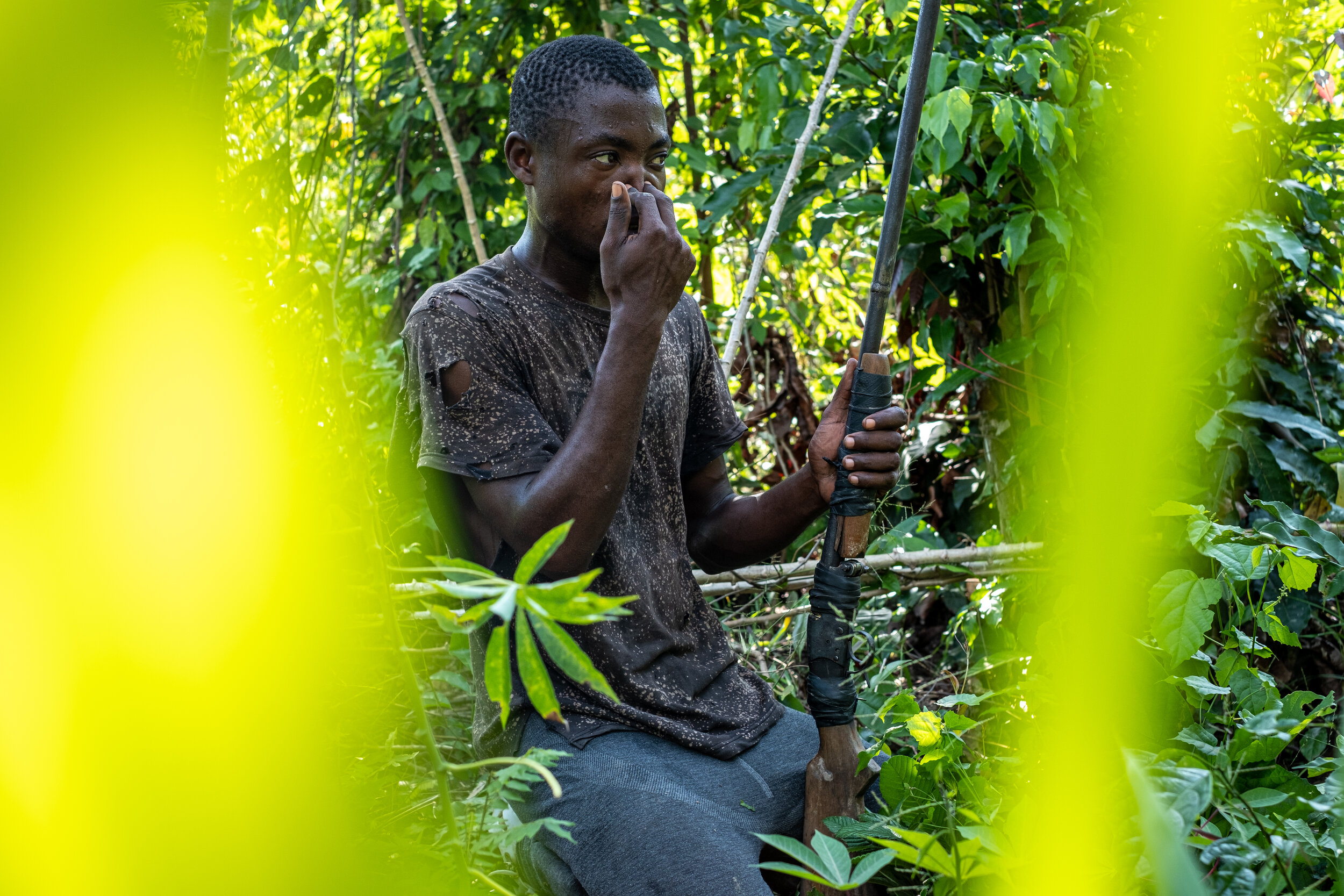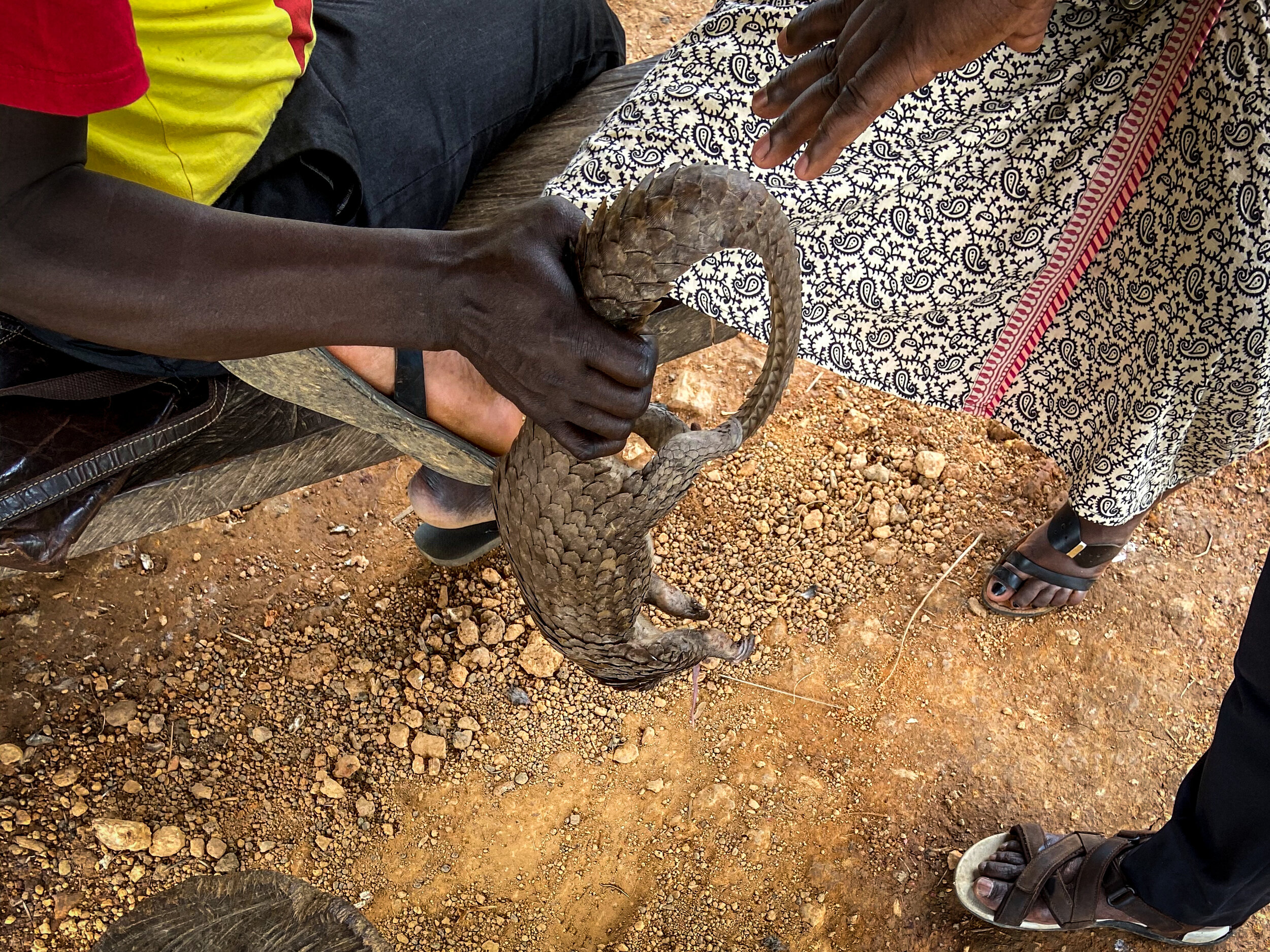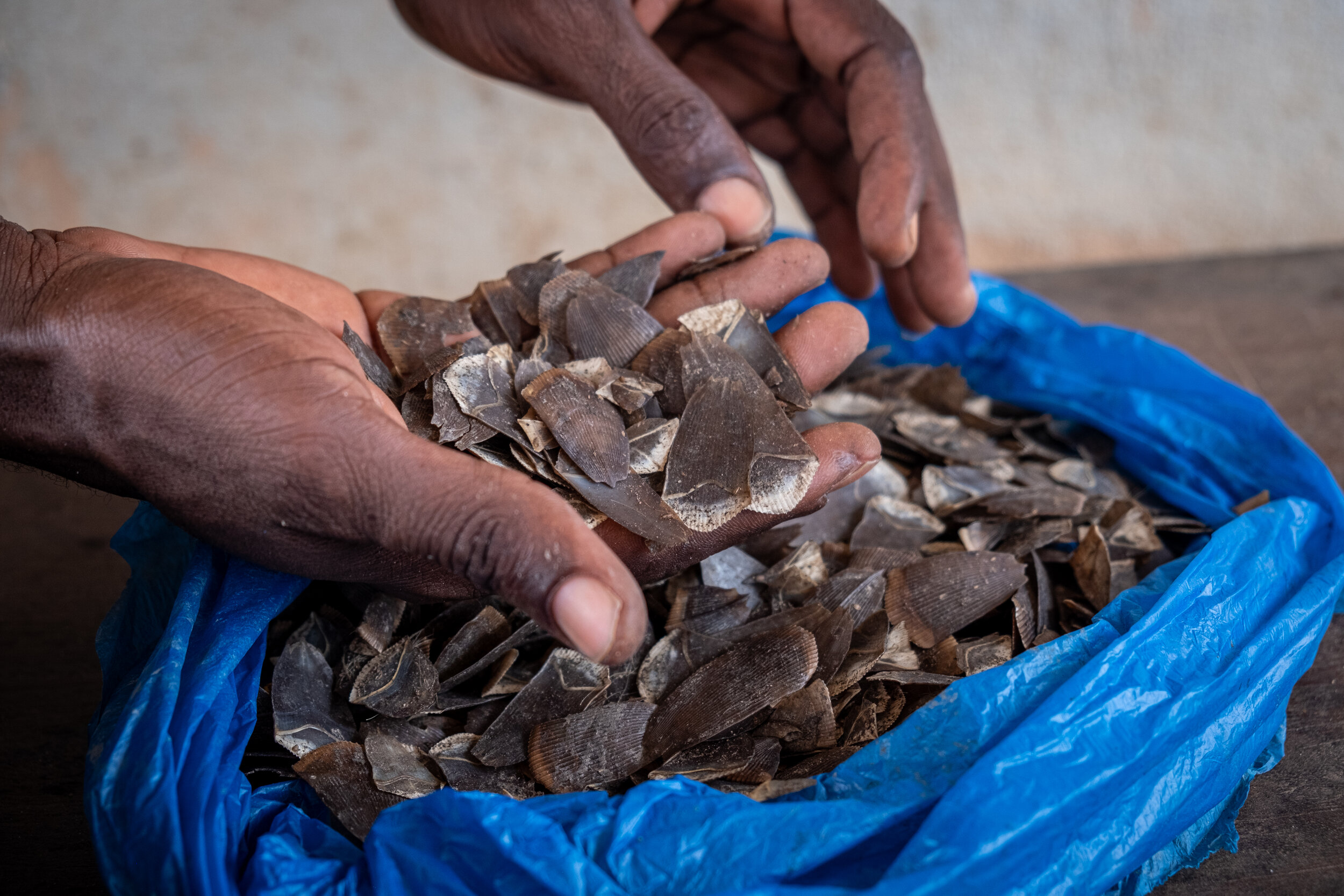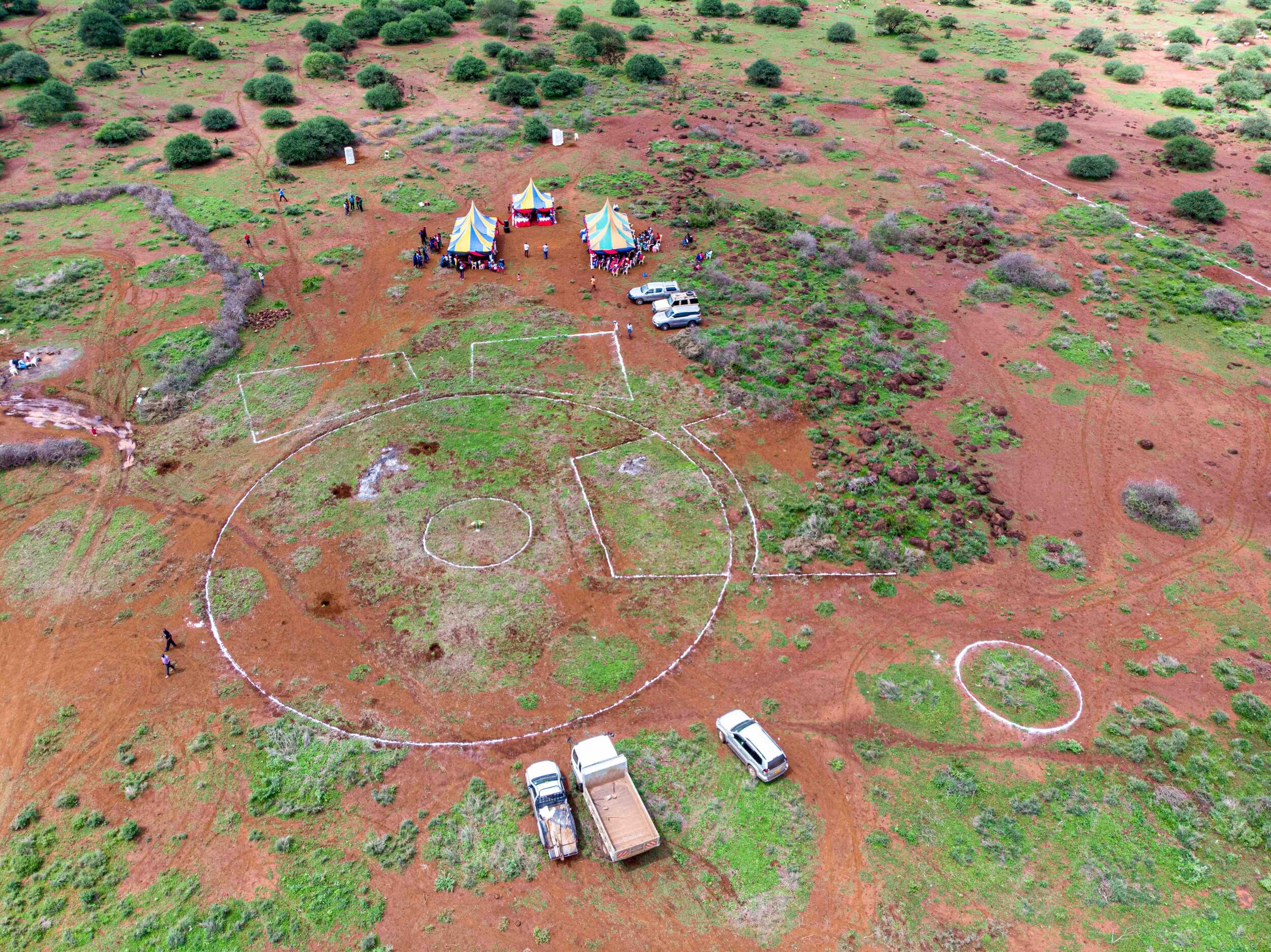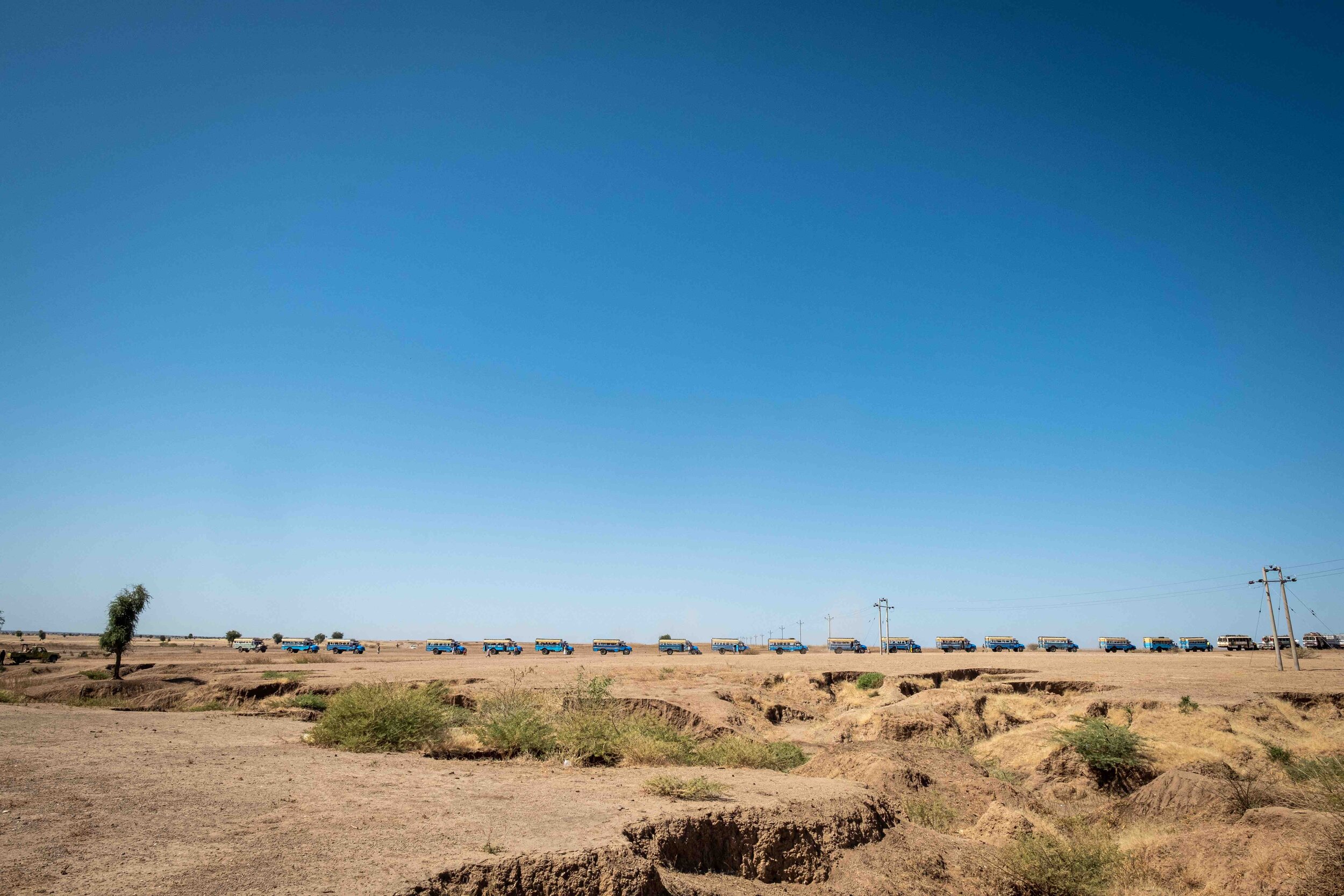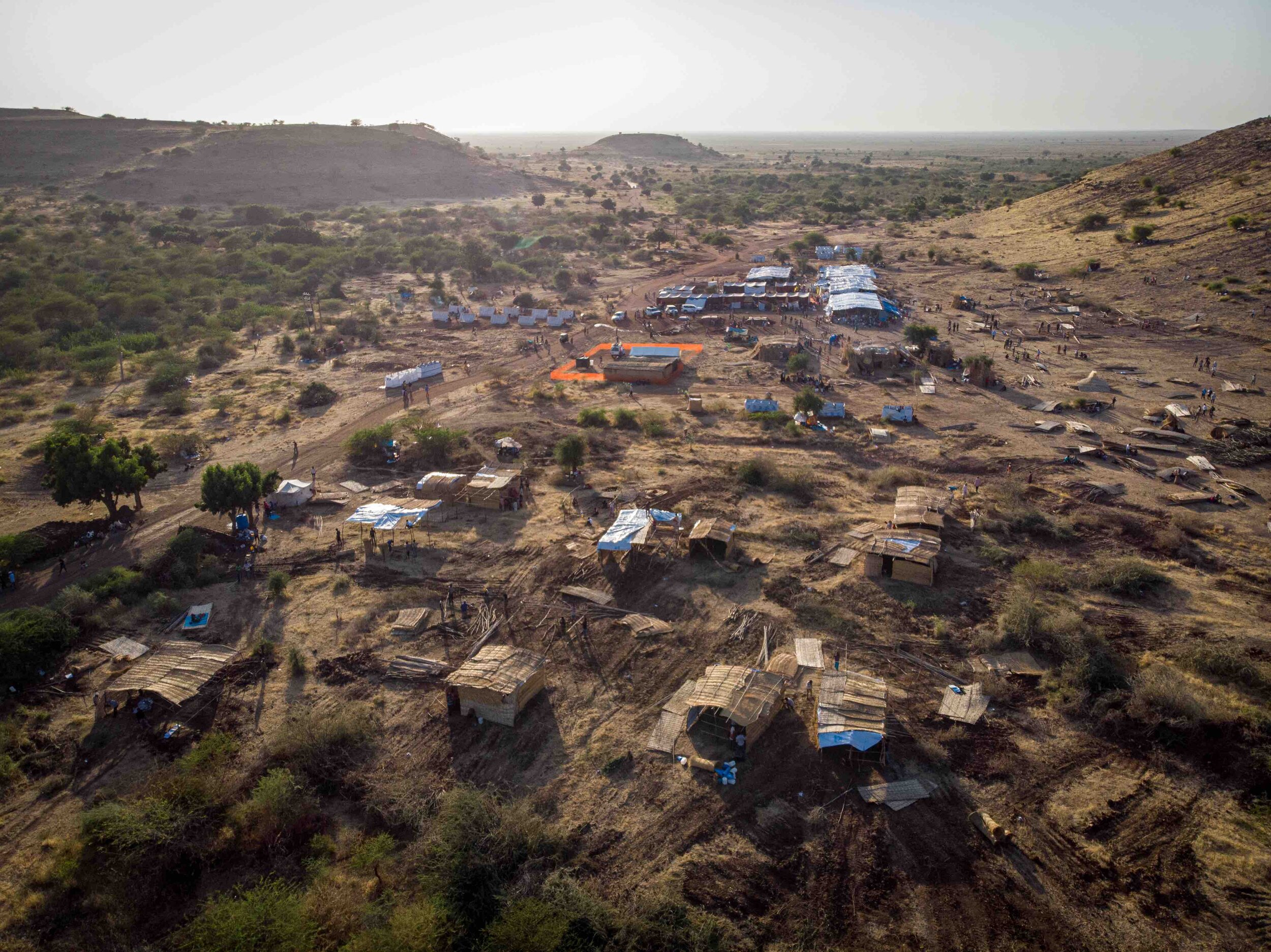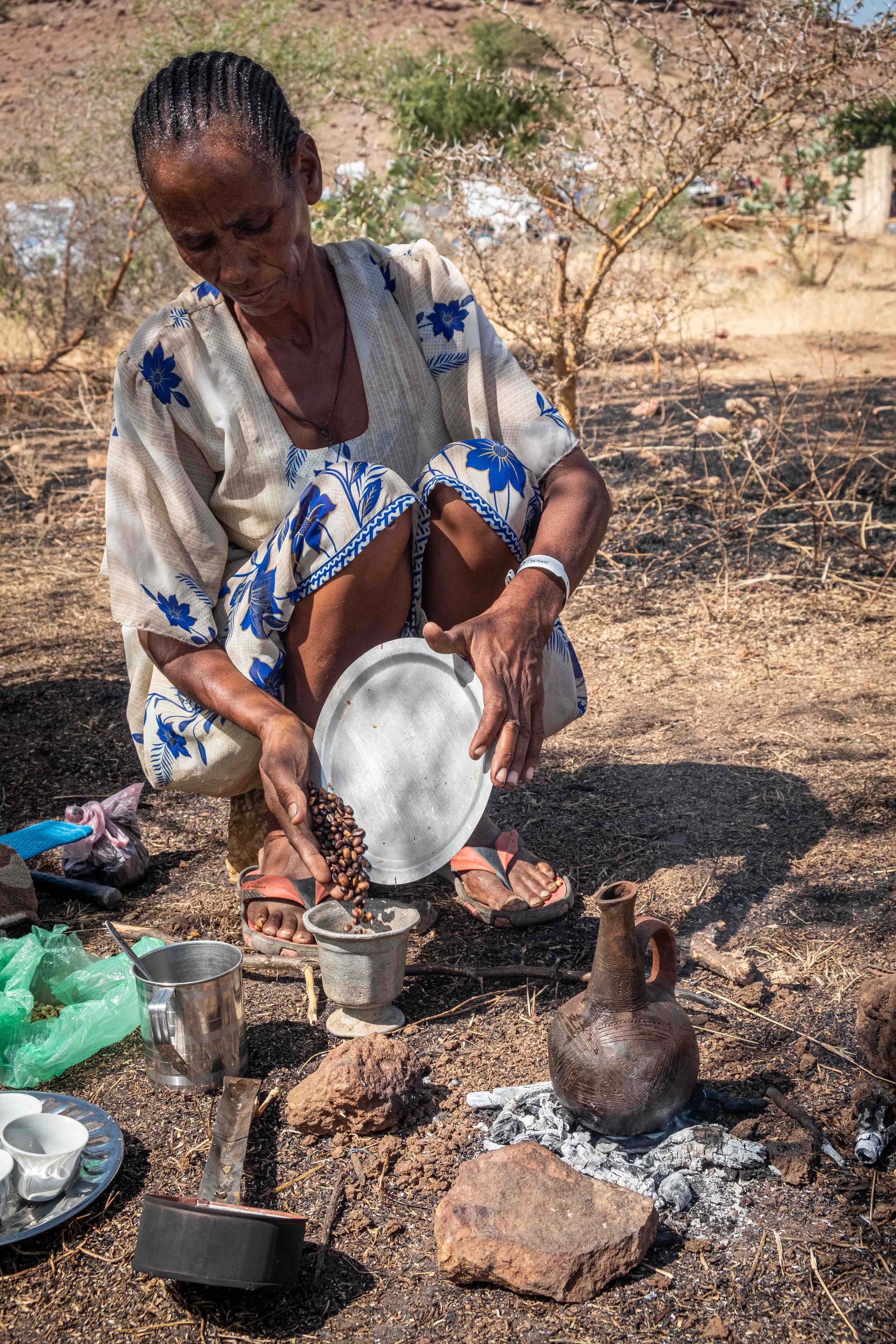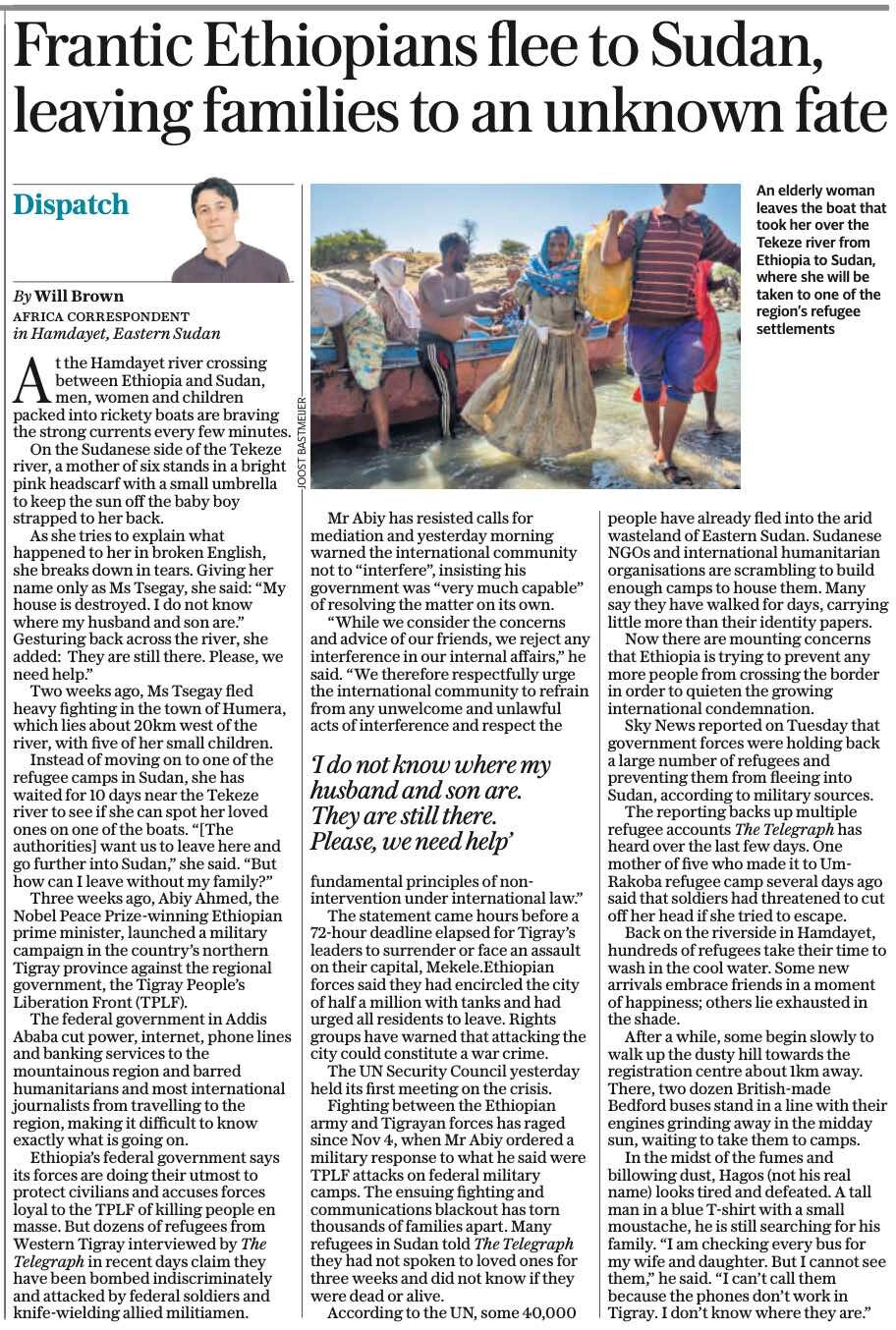A bit more than a year after billions of locusts invaded East Africa, locust hunters have now built a system to beat the ferocious insects that are threatening livelihoods across the region. According to the FAO, the operation can almost be declared as a success.
In Northern Kenya, the Food and Agriculture Organization (FAO) of the UN has teamed up with the private sector, community elders and the Kenyan government to fight desert locusts that came flying from the Arabic peninsula.
In densely populated areas, the locust control operation should be done from the ground, where scouts are spraying pesticides from special backpacks, or from spraying installations built on the back of pickups. But in the vast plains and forests of Northern Kenya, this is not possible. And so surveillance helicopters are deployed from several smaller airfields. The data is then gathered in one large system in the so-called joint operation control center, where experts can decide where the specially equipped spray planes should fly to.
“Last year, we did not have any data,” says Casper Sitemba, FAO representative. “When we started, individuals were making phone calls reporting sightings of locusts. But in this campaign, we have used a lot of technology to address the data gaps that existed before. We have built several applications and through them, we have been able to collect massive amounts of data. Right now, our control effort success rate is almost 86%. We are now able to measure that success — last year, we didn’t even know how many swarms there were and where they were when the invasion stated.”
According to the FAO, the operation in Northern Kenya has been “very successful”. Sitemba: “As of now, we are down to the last few swarms in Kenya. And these are not even really swarms, they are what we call ‘swarmlets’, groups of locusts that have broken away from the larger swarms. They can be 20 to 30 hectares big, where last year we had swarms as big as 3,000 hectares. We are downscaling the operation, as the situation improved manifold, but we remain vigilant as we are approaching the rainy season.”
Read the full piece and check out all photos on the El País website (also in Spanish)!


















